![图片[1]-Drone Parts Suppliers for Spraying: Key Considerations for Agricultural Efficiency-msoen](https://www.msoen.com/wp-content/uploads/2025/04/edbbb52c8b184639-1024x576.jpg)
Introduction
The global shift toward precision agriculture has driven demand for specialized drones capable of efficient, eco-friendly crop spraying. Central to this revolution are drone parts suppliers for spraying—providers of components tailored to optimize pesticide and fertilizer application. Selecting the right supplier ensures reliability, compliance, and long-term operational success. This article explores the critical factors in choosing spraying drone parts suppliers, industry standards, and future trends shaping the sector.
- Why Drone Parts Suppliers Matter for Spraying
Spraying drones require specialized components to handle chemicals, navigate challenging terrains, and ensure precision. Suppliers play a pivotal role by:
- Providing customizable payloads (nozzles, tanks) for diverse crops.
- Ensuring compliance with chemical handling and airspace regulations.
- Offering durable hardware resistant to corrosion, moisture, and wear.
Unlike generic drone parts, spraying-specific suppliers focus on:
- Chemical compatibility: Materials that resist degradation from pesticides or fertilizers.
- Precision engineering: Nozzles and pumps calibrated for variable-rate applications.
- Safety features: Leak-proof seals and automated shut-off systems.
- Key Components Supplied for Spraying Drones
A. Sprayer Systems
- Variable-rate nozzles: Adjustable flow rates based on crop density or soil conditions.
- Pump systems: High-pressure diaphragm pumps for consistent chemical delivery.
- Tank configurations: Lightweight, corrosion-resistant tanks (e.g., polyethylene) in sizes from 10L to 100L. B. Sensors and Navigation
- Multispectral cameras: Detect pest hotspots or nutrient deficiencies to guide application.
- LiDAR: Maps terrain to avoid obstacles in dense fields.
- RTK GPS: Centimeter-level accuracy for repeatable flight paths. C. Power and Endurance
- High-capacity batteries: Lithium-sulfur or hybrid systems for extended missions.
- Swappable battery packs: Minimize downtime during large-scale operations. D. Software Integration
- Flight control platforms: Pre-programmed no-fly zones and application mapping tools.
- Data analytics dashboards: Track chemical usage, coverage maps, and yield impacts.
- Criteria for Selecting a Spraying Drone Parts Supplier
A. Industry Certifications
- ISO 9001: Ensures quality management in manufacturing.
- Agri-drone compliance: Adherence to FAA Part 137 or EASA regulations for agricultural operations. B. Customization Capabilities
- Modular designs for quick swaps between crops (e.g., orchard vs. row crop nozzles).
- Compatibility with third-party sensors or farm management software. C. Durability and Testing
- Environmental testing: Drones validated for operation in extreme temperatures, humidity, or dusty conditions.
- Load testing: Verification of tank integrity under pressure. D. After-Sales Support
- Warranty coverage for parts like pumps or nozzles.
- Training programs for safe chemical handling and system maintenance.
- Challenges in Sourcing Spraying Drone Parts
A. Chemical Resistance
- Issue: Components degrading when exposed to agrochemicals.
- Solution: Opt for stainless steel, anodized aluminum, or food-grade plastics. B. Regulatory Compliance
- Issue: Varying restrictions on drone weight, spray drift, or chemical storage.
- Solution: Partner with suppliers familiar with regional regulations (e.g., EU’s SCAFFOLD framework). C. Cost vs. Quality Trade-offs
- Issue: Low-cost parts may compromise durability.
- Solution: Prioritize suppliers offering lifecycle cost analyses (e.g., total cost over 5 years). D. Supply Chain Disruptions
- Issue: Delays in critical components like specialized batteries.
- Solution: Choose suppliers with localized warehouses or diversified manufacturing hubs.
- Future Trends in Spraying Drone Parts Supply
- Smart nozzles: AI-driven nozzles that adjust flow rates based on real-time soil moisture data.
- Biodegradable tanks: Eco-friendly materials to reduce plastic waste.
- Swarm-compatible parts: Standardized components for coordinated fleet operations.
- Blockchain traceability: Transparent tracking of parts from manufacture to field deployment.
- Steps to Evaluate a Supplier
- Request case studies: Analyze performance in similar farming scenarios.
- Inspect material certifications: Ensure tanks, pumps, and sensors meet industry standards.
- Test compatibility: Verify integration with existing drones or software.
- Review sustainability practices: Prioritize suppliers using recycled materials or green energy.
- Best Practices for Maintenance and Upgrades
- Regular inspections: Check for corrosion, seal wear, or nozzle clogs after each use.
- Firmware updates: Ensure software aligns with evolving regulations or application algorithms.
- Collaborate with agronomists: Optimize part configurations for specific crops or regions.
Conclusion
Drone parts suppliers for spraying are the backbone of modern precision agriculture, enabling farmers to reduce chemical waste, enhance yields, and comply with sustainability goals. By prioritizing certifications, customization, and long-term support, growers can build partnerships that drive efficiency and resilience. As technology evolves, suppliers will play an even greater role in integrating AI, swarm systems, and eco-friendly designs into agricultural workflows.
Final Thought: In the age of smart farming, your choice of parts supplier isn’t just about equipment—it’s about investing in a sustainable future.

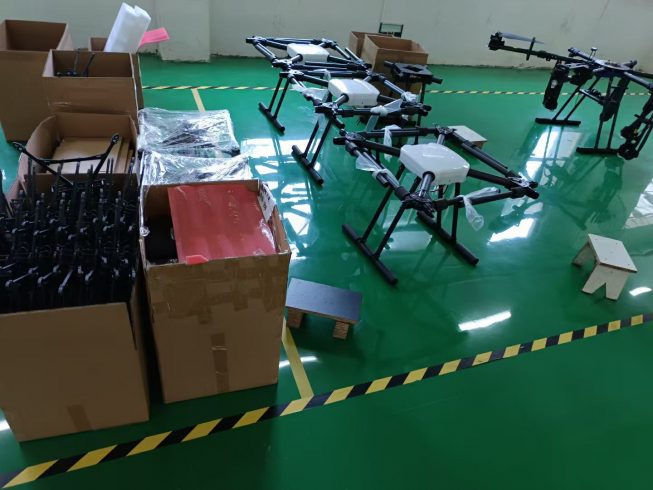
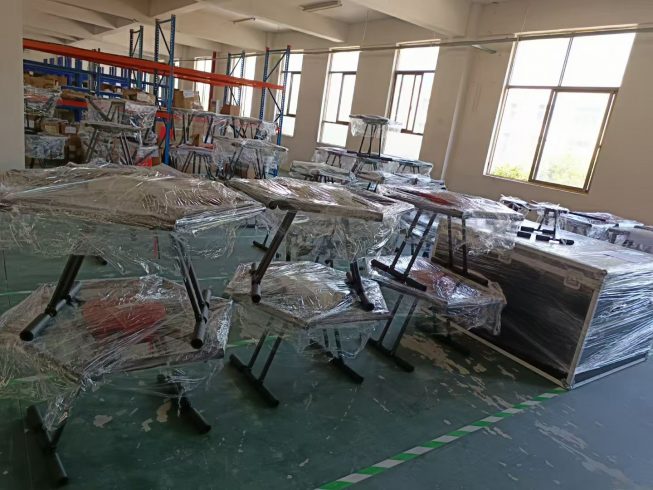

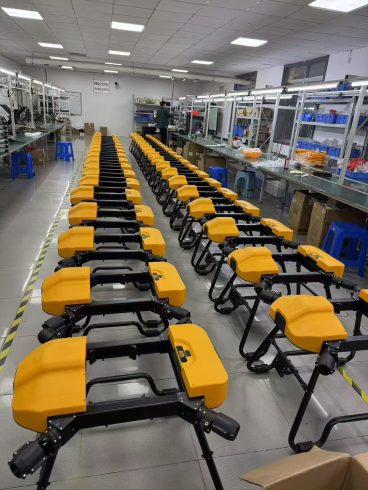
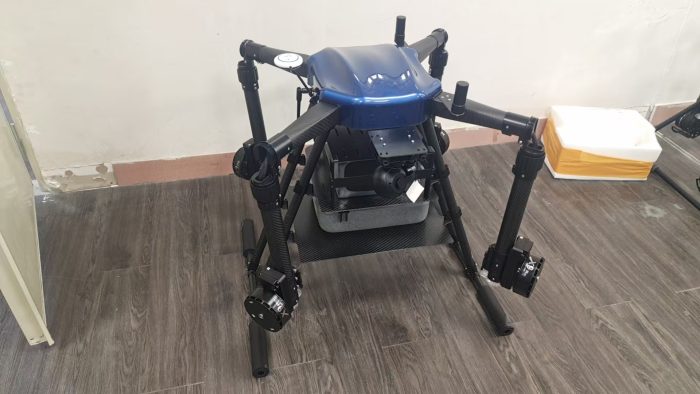

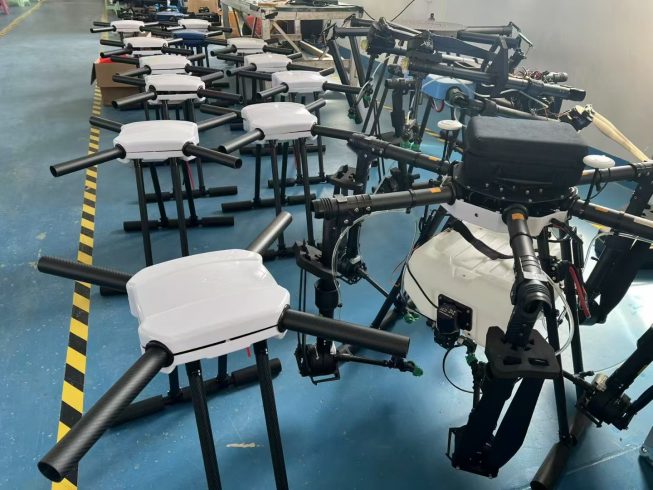
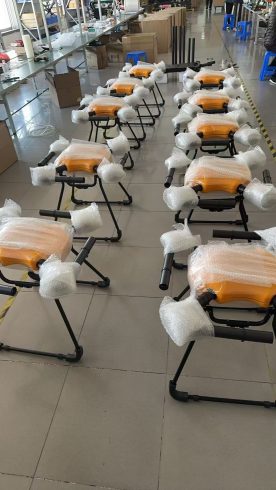
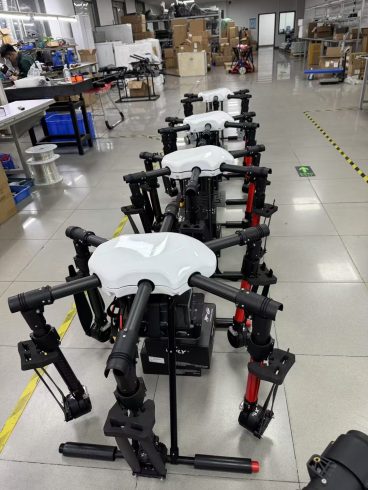
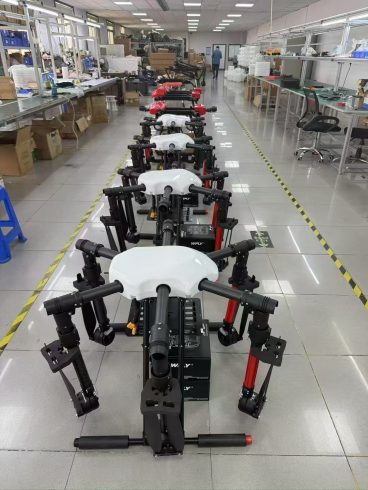

暂无评论内容